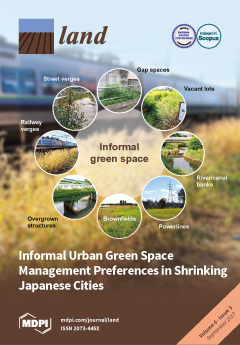Improvement of geoinformation technologies on the basis of spatial data
Land management and improvement of computer technologies in land use are one of the most important tasks of the state; their effective implementation is closely linked to the widespread implementation of modern achievements of information technology. The achievement of the maximum transparency of the processes is vital in the field of geo-information and spatial data resources during increasing the reliability and manageability of the infrastructure.





